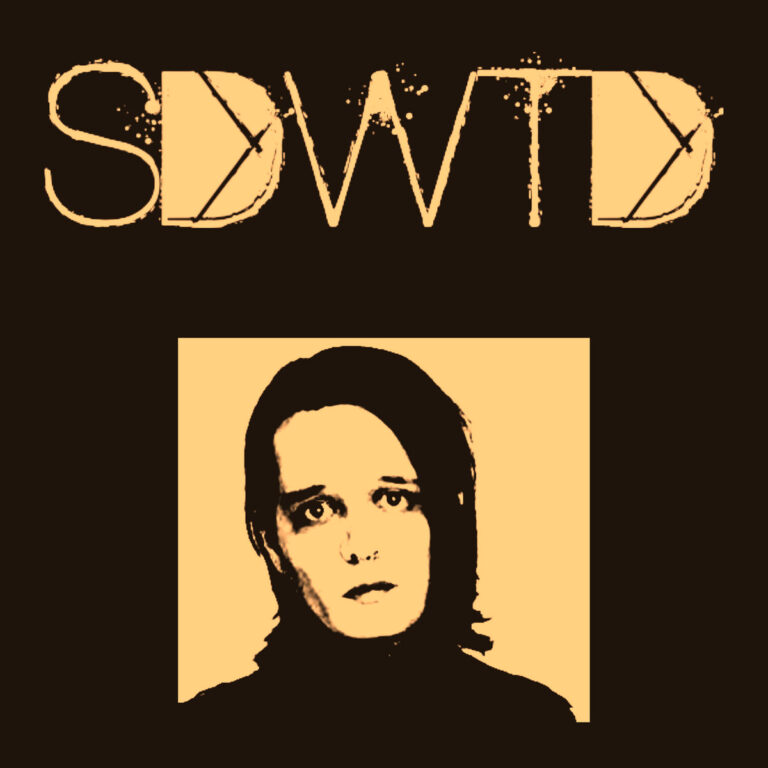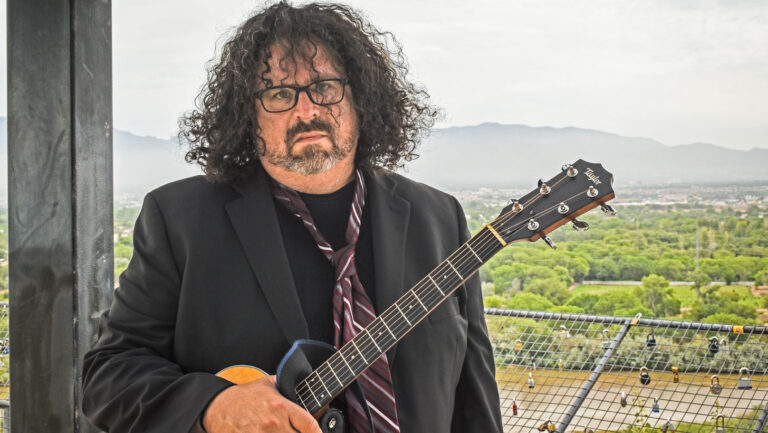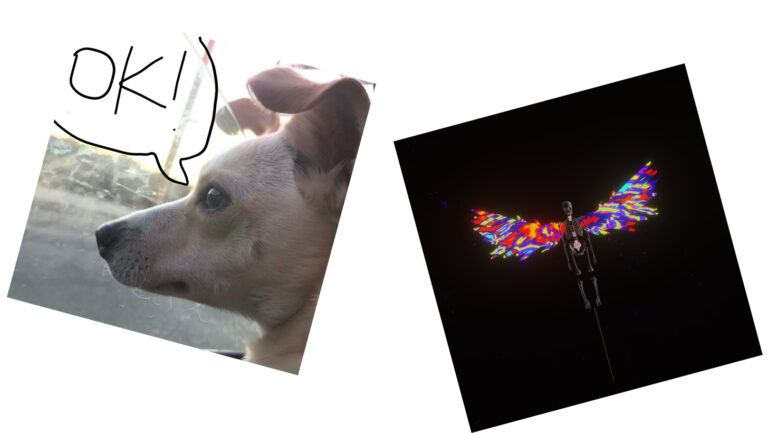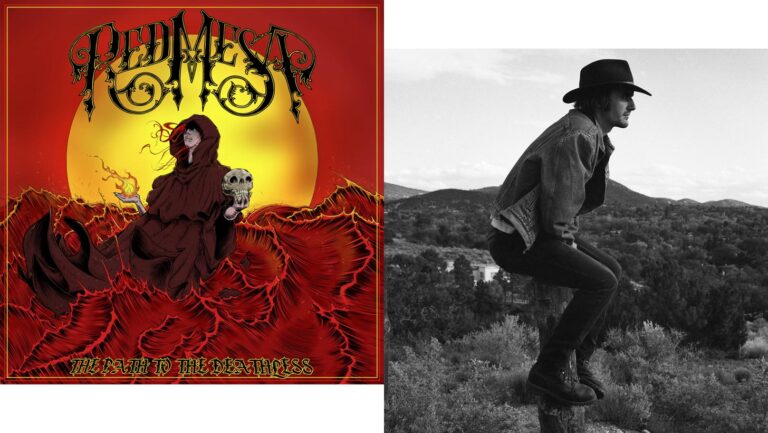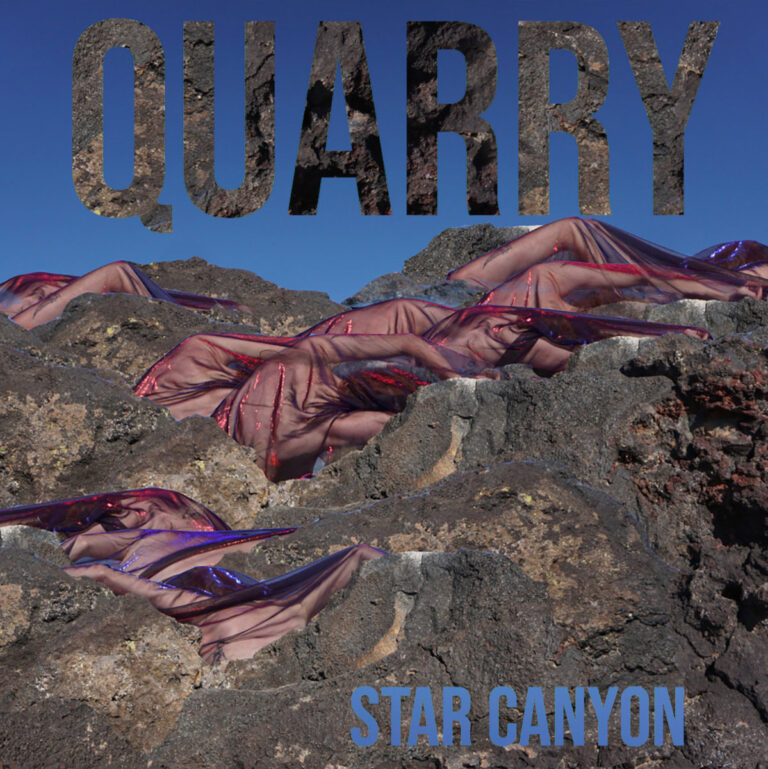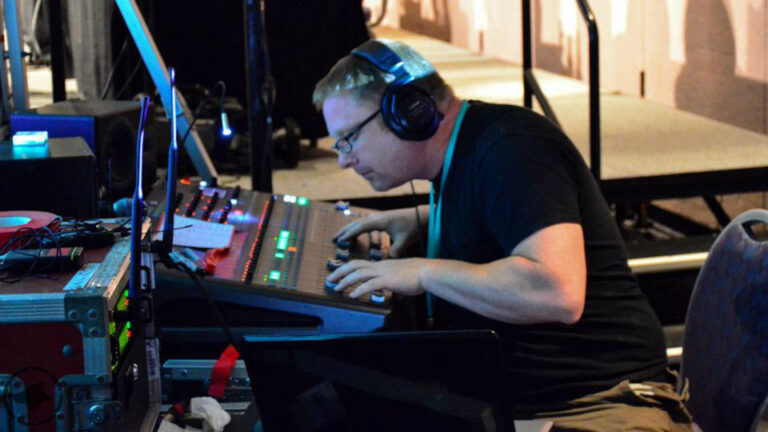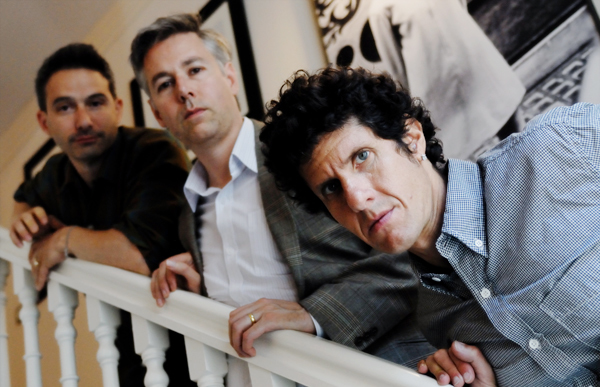Deep into a second decade of making music, Deerhoof continues to introduce avant anachronisms to the world of pop music. Ostensibly based in the Bay Area, Deerhoof’s music evokes specific San Francisco sound memories: crashing waves under the Golden Gate; the high-pitched squeal and hiss of the N Judah train; a mission junkie’s shuffle. Straying from the geographic origin that lends an aural palette to its songs, the band is spread throughout the country with drummer Greg Saunier living in New York, singer/bassist Satomi Matsuzaki “floating,” guitarist Ed Rodriguez in Portland and guitarist John Dieterich in Albuquerque.Temporary New Mexico resident Dieterich is living here while his girlfriend completes a graduate program at UNM. A March 13 concert in Santa Fe will be Deerhoof’s first in the state since Dieterich moved here, but the guitarist isn’t exactly lying low.During his Dirt City tenure, Dieterich has been working with Jeremy Barnes on duet recordings and occasional shows. He has also been recording local acts including Barnes’ band A Hawk & A Hacksaw, as well as non-locals like Annie Lewandowski’s next Powerdove album, which includes contributions from French musician Thomas Bonvalet ( L’ocelle Mare). “Raven Chacon and I are hopefully going to release a live recording of one of our shows from last year, which I think turned out really great,” Dieterich adds. Portland experimental pop band AU and Albuquerque-based noise shoplifter Chacon will also appear at the Sol Santa Fe show. Working with other collaborators outside of the Deerhoof fold is a common thread. It corresponds with the band’s liberalism when it comes to incorporating influences into its music. “Sometimes we don’t even tell each other what we’re thinking about,” Dieterich says. “We just apply whatever new ideas we have to the music we’re working on, and no one’s the wiser.”A precursor to the band began in the early ’90s with Greg Saunier and then-bassist Rob Fisk’s Nitre Pit, a loud, psyched-out noise experiment known for playing simultaneous, overlapping songs on stage. That band morphed into Deerhoof, adding Japanese film student Satomi Matsuzaki on vocals and eventually bass, and finding a long-term home at Kill Rock Stars, the Pacific Northwest’s label for wayward bands. Last year’s Deerhoof Vs. Evil was its first album for Polyvinyl. Dieterich has been a constant since the two-year recording process of 2002’s Reveille , but the group has been through a string of other guitarists, each leaving their sonic footprint on the band’s 10-album evolution.In writing albums, Dieterich says it’s through generating material and bouncing it off of each other that Deerhoof can discover what it’s making. “Language fails us,” he explains, alluding to the band members’ preferred musical mode of communication. “We can talk for days and months about what we want to do, completely agree, and then go and each individually write four absolutely unrelated albums. And that’s exactly what we always do.”Rather than contributing to songwriting ease, Deerhoof’s longevity and absorptive quality have led to surprising and even confusing results when the band works on new material. “I think you just take inspiration from wherever you can get it. Any change of any kind can be an impetus for ideas,” he says, welcoming the unruly process.The band always digs deep into its repertoire for live sets, reimagining old songs and improvising parts to new ones. It’s chaotic fun, and after a break in Deerhoof’s performance schedule, the upcoming show in Santa Fe is sure to force the band into musical collision mode. “No matter how hard we try, it’s still very difficult to predict what we will actually be able to play at any given time,” Dieterich says.The ever-changing nature of Deerhoof’s music is what makes the band such a thrilling prospect to see in a live setting. “To me, the beauty of working on music is the seemingly logical impossibility of it,” he says, “the ‘pure research’ element where you are rubbing these notes up against each other, evaluating your response, making slight changes and rubbing again until something happens. And,” Dieterich adds, “I love to rock.”



